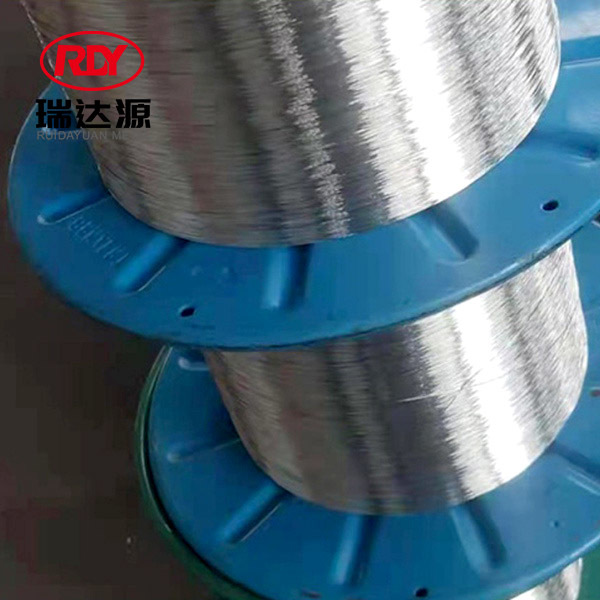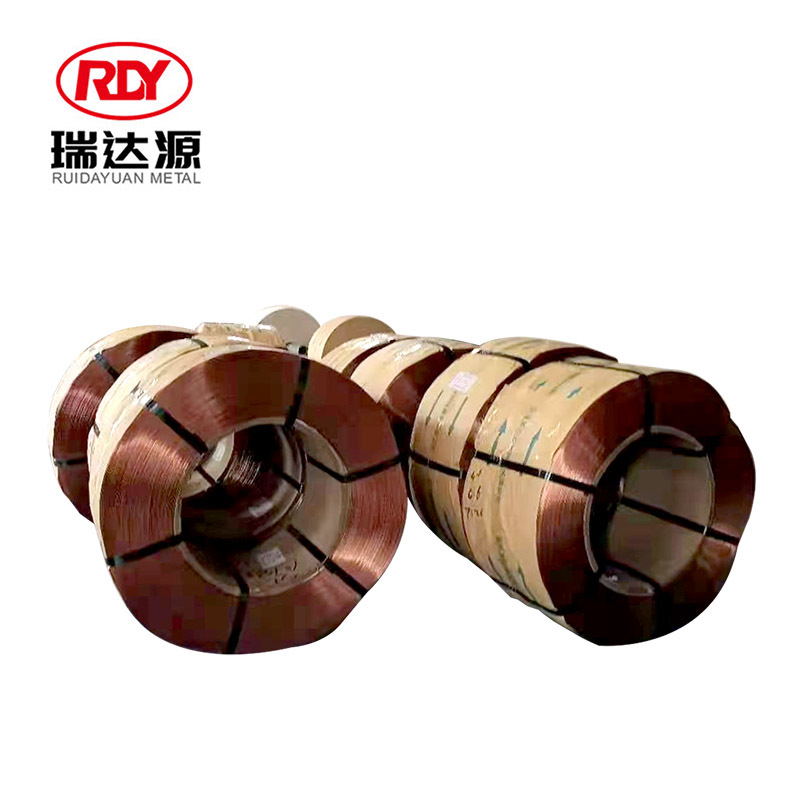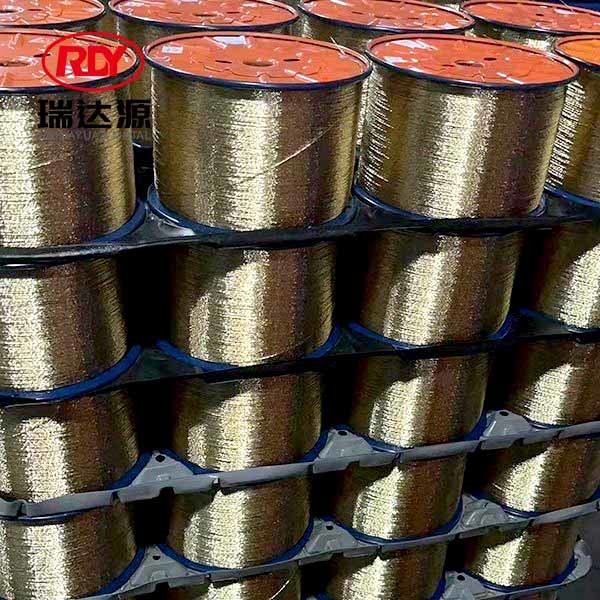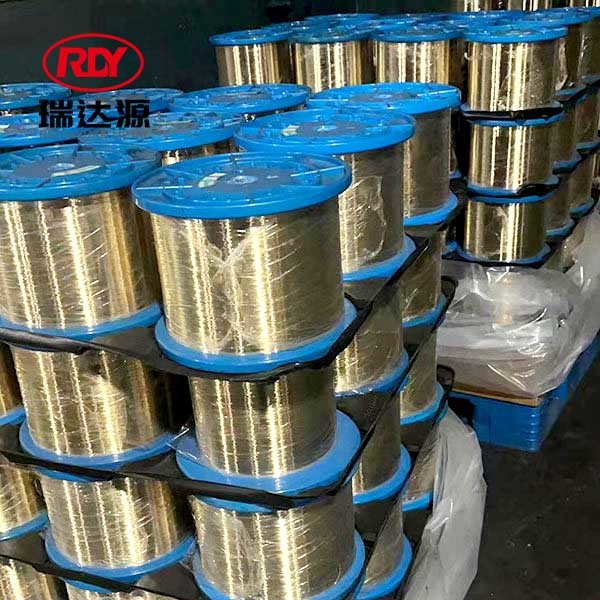Understanding Bead Wire: Essential Insights for Construction and Decorative Applications
Release Time:
Oct 24,2025
Bead wire is a specialized type of wire often used in various industrial applications, particularly within the construction and decorative materials industries. Its unique properties make it an indispensable component in many projects, ranging from structural applications to aesthetic enhancements. One of the primary characteristics of bead wire is its strength and flexibility. Typically made from

Bead wire is a specialized type of wire often used in various industrial applications, particularly within the construction and decorative materials industries. Its unique properties make it an indispensable component in many projects, ranging from structural applications to aesthetic enhancements.
One of the primary characteristics of bead wire is its strength and flexibility. Typically made from high-quality steel, bead wire is designed to withstand significant tension, making it ideal for applications that require durability. This property is particularly beneficial in construction, where bead wire can be utilized for tensioning and securing structural elements. Its ability to maintain integrity under stress ensures that it can provide long-lasting support in various construction projects.
In decorative applications, bead wire serves as an excellent tool for creating intricate designs and details. Its malleability allows artisans and designers to manipulate the wire into various shapes and forms, thus adding an artistic touch to their projects. Whether it's for crafting jewelry, decorative accents, or architectural embellishments, bead wire can enhance the overall aesthetic appeal while maintaining structural integrity.
Moreover, bead wire comes in various diameters and coatings, allowing for versatility in its applications. The choice of diameter can affect the wire's strength and flexibility, making it crucial for users to select the appropriate size based on their specific needs. Coatings, such as galvanization or plastic, can provide additional protection against corrosion, extending the lifespan of the wire, especially in outdoor or humid conditions.
Another important aspect of bead wire is its ease of handling. It can be easily cut, twisted, or braided, allowing for a wide range of uses. This ease of manipulation makes it a favorite among contractors and artists alike. For construction professionals, this means faster project completion times and greater efficiency. For decorative applications, it opens doors to creativity, enabling designers to experiment with new concepts and styles.
When considering bead wire for your projects, it's essential to keep in mind the specific requirements of your application. Factors such as load-bearing capacity, environmental conditions, and desired aesthetic should all play a role in your selection process. By understanding these elements, you can make informed decisions that enhance both the functionality and beauty of your work.
In summary, bead wire is a versatile and essential material within the construction and decorative materials industry. Its combination of strength, flexibility, and ease of use makes it suitable for a wide array of applications. Whether you're reinforcing structures or crafting decorative elements, bead wire serves as a reliable choice to meet your needs. Understanding its properties and applications can significantly enhance your projects, leading to better outcomes and greater satisfaction.
One of the primary characteristics of bead wire is its strength and flexibility. Typically made from high-quality steel, bead wire is designed to withstand significant tension, making it ideal for applications that require durability. This property is particularly beneficial in construction, where bead wire can be utilized for tensioning and securing structural elements. Its ability to maintain integrity under stress ensures that it can provide long-lasting support in various construction projects.
In decorative applications, bead wire serves as an excellent tool for creating intricate designs and details. Its malleability allows artisans and designers to manipulate the wire into various shapes and forms, thus adding an artistic touch to their projects. Whether it's for crafting jewelry, decorative accents, or architectural embellishments, bead wire can enhance the overall aesthetic appeal while maintaining structural integrity.
Moreover, bead wire comes in various diameters and coatings, allowing for versatility in its applications. The choice of diameter can affect the wire's strength and flexibility, making it crucial for users to select the appropriate size based on their specific needs. Coatings, such as galvanization or plastic, can provide additional protection against corrosion, extending the lifespan of the wire, especially in outdoor or humid conditions.
Another important aspect of bead wire is its ease of handling. It can be easily cut, twisted, or braided, allowing for a wide range of uses. This ease of manipulation makes it a favorite among contractors and artists alike. For construction professionals, this means faster project completion times and greater efficiency. For decorative applications, it opens doors to creativity, enabling designers to experiment with new concepts and styles.
When considering bead wire for your projects, it's essential to keep in mind the specific requirements of your application. Factors such as load-bearing capacity, environmental conditions, and desired aesthetic should all play a role in your selection process. By understanding these elements, you can make informed decisions that enhance both the functionality and beauty of your work.
In summary, bead wire is a versatile and essential material within the construction and decorative materials industry. Its combination of strength, flexibility, and ease of use makes it suitable for a wide array of applications. Whether you're reinforcing structures or crafting decorative elements, bead wire serves as a reliable choice to meet your needs. Understanding its properties and applications can significantly enhance your projects, leading to better outcomes and greater satisfaction.
Keywords:
Related news







